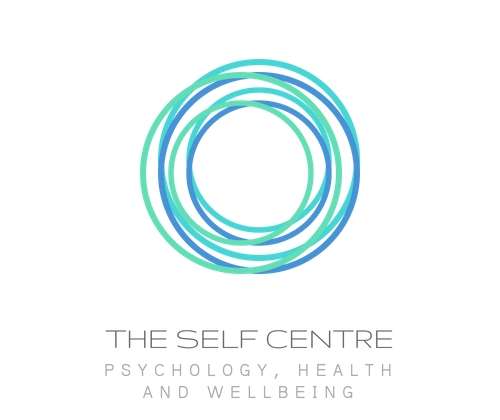
Down in the Depths: Let’s talk about Depression
(Written by Carey Little, Clinical Psychologist for The Self Centre 2021)
When thinking about depression most people imagine someone stuck in a continual blur of sadness, crying all the time, unable to be happy about anything, having no hope and no desire to engage in any activity, just stuck in bed. For some, experiencing a diagnosis of a depressive disorder, this description will ring true.
However, many people will experience symptoms more subtly. Laughing with friends, seeing joy in something small, getting up and going to work or school, are intermixed with bouts of feeling dread, that there is no point, that everything goes wrong, miserableness and crying over everything and often nothing at all.
Depression is not always just an explainable sadness. It is however, a persistent underlying low that the mind returns to everyday.
With depression those moments of joy or positive thinking are easily reduced by the habitual negative thinking that says the pleasant thought is unreasonable, unattainable or not merited (“I’m not worthy of that”). Negative thoughts occur easily and spontaneously whereas positive thoughts require a lot of effort and often do not seem to ring true. When our mood is low, ruminative thoughts persist easily; “why am I so negative all the time?” “why am I such an idiot/loser/weirdo?” “I’m hopeless, I can’t cope with anything”.
Negative thoughts lead to low mood, which leads to low motivation and a likelihood that we stop doing things that actually will lift our mood such as exercising, chatting to others, eating well and doing simple enjoyable activities like watching a movie or reading a book.
The less engagement in these helpful things, the lower the mood becomes, which in turn makes thinking pleasantly or doing pleasant activities even less likely; and so, the vicious cycle begins. So, despite going to work, doing the daily chores, meeting friends or doing some pleasant activities, there is a constant feeling of drowning, of not being good enough, of wearing a mask.
It is also common thinking that depression occurs only after experiencing a major negative event or series of events or trauma in life, such as a relationship ending, death of a loved one or losing a job. It is natural for the brain to try and name and understand everything it experiences, but in actuality, persistent low mood is often not able to be connected to any event or reason. Not being able to determine why this persistent low mood can also lead someone to disregard that they are more than just occasionally sad and add to the frustration of feeling so leaden, foggy and overwhelmed.
Trying to understand what has created the low mood is not essential to recovery. Instead a focus on changing thinking and thinking patterns about current events and issues, and reconnecting to the self through values and activity are keys to managing mood and leading a fulfilled and meaningful life.
So, what to do? Research shows that the sooner we attend to symptoms of low mood the quicker the recovery. Seek help from as many resources as possible (try easy to read sites https://young.scot/get-informed/national/10-things-people-with-depression-want-you-to-know), engage with organisations like Black Dog (https://www.blackdoginstitute.org.au/) and Beyond Blue (https://www.beyondblue.org.au/) and talk to your GP about a referral to a psychologist.
Edelman, S (2012) Change Your Thinking with CBT, Harper Collins, Sydney
Harris, R (2009) ACT Made Simple, New Harbinger Publications, Oakland:CA
Wenzlaff, R (2004) Mental control and depressive rumination, Depressive Rumination: Nature, Theory and Treatment, Papagiorgiou & Wells (Eds), John Wiley & Sons, London
